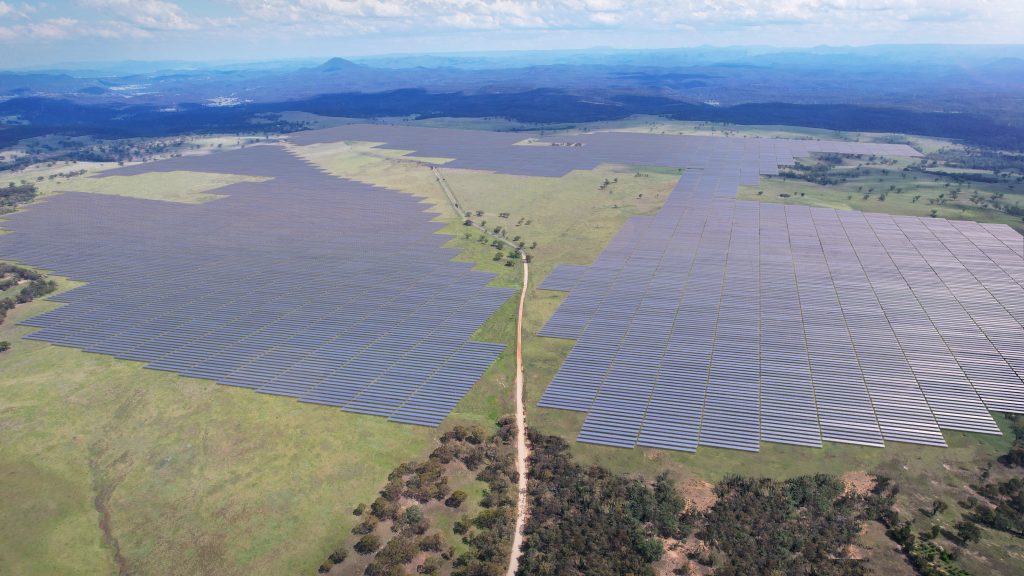

Australian renewable energy company Maoneng has unveiled their plans to build a huge energy hub in the Upper Hunter.
The $1.6 billion project will consist of a 550 megawatt solar farm and a 400 megawatt battery storage system at Merriwa.
Maoneng said the project will be lodged with the NSW Department of Planning, Industry and Environment as a State Significant Development to address the regional energy supply and grid stability needs of the National Electricity Market.
Once approved, construction of the solar farm and battery is expected to take 18 months, creating up to 500 full-time equivalent jobs during the peak of activity, and requiring up to 20 permanent operational staff for the 35-year life of the project. Construction is expected to be wrapped up in 2025.
Maoneng Co-founder and CEO Morris Zhou said the project represented a significant step forward for dispatchable solar generation in NSW, and a milestone in the company’s evolution.
“This project will support the NSW Government’s large-scale solar generation and battery storage strategies as the state moves towards increasing use of clean energy,” he said.
The hub will be built on land that is currently being used for grazing and Maoneng said they have started consulting with the local community about the impacts of construction.
The new solar farm would comprise around 1.3 million photovoltaic solar panels mounted on single-axis trackers, plus associated buildings and infrastructure on around 780 hectares of land. It would also involve the construction of a new substation directly connecting to the NEM via TransGrid’s existing 500kV transmission line that runs along the south of the site.
“We have deliberately chosen the site based upon its robust connection to the existing grid, making sufficient use of the infrastructure that exists today,” said Morris Zhou.
“The Merriwa Energy Hub would be one of the largest renewable energy hubs in the country and, while its still early days, we expect the construction process to support hundreds of direct and indirect jobs, as well as significant investment into communities experiencing a shift away from fossil fuel.”

